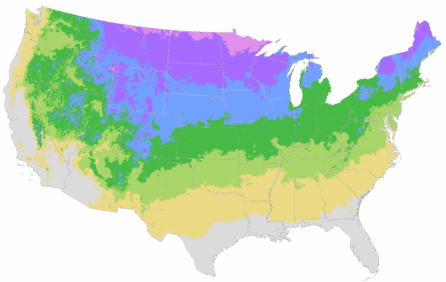You're growing in this Zip Code:
Change LocationDiscover Plants for Your Area
Fall Gold Raspberry
Rubus idaeus var. strigosus 'Fall Gold'
Retailers Near You
No Retailers found within 100 miles of your zipcode
Be Inspired: How to Use this Plant
| Bloom Time | Spring and midsummer |
|---|---|
| Deciduous/Evergreen | Deciduous |
| Special Features | Showy Fruit, Edible, Benefits Birds |
| Problems/Solutions | Coastal Exposure |
| Growth Rate | Moderate |
| Flower Attributes | Flowers for Cutting |
| Landscape Use | Border, Espalier |
| Flower Color | White |
| Foliage Color | Green |
| Companion Plants | Salvia (Salvia); Rosemary (Rosmarinus); Yarrow (Achillea); Russian Sage (Perovskia); Lavender (Lavandula) |
| Care Instructions | Provide fertile, mildly acidic, well-drained soil. Water deeply, regularly in the first growing season to establish an extensive root system. Feed before new growth begins in spring. After harvest, prune to ground older canes that have fruited, leaving one-year-old canes to produce next season's crop. Train newer canes on a trellis. |
| Lore | Fall Gold is a primocane type berry, meaning it blooms and fruits on first-year wood. Primocane varieties are often referred to as "everbearing" because they produce two crops on each biennial cane (unless pruned otherwise). The fall crop comes on current-season canes, at the top 1/3 of the canes. After overwintering, and if not pruned, a second crop will be produced in late spring to early summer at the bottom 2/3 of the canes. If a single but heavier crop is desired, all canes may be annually pruned to the ground before growth begins in spring. The new canes will produce fruit in late summer to fall of the same season. |
| Bloom Time | Spring and midsummer |
|---|---|
| Deciduous/Evergreen | Deciduous |
| Special Features | Showy Fruit, Edible, Benefits Birds |
| Problems/Solutions | Coastal Exposure |
| Growth Rate | Moderate |
| Flower Attributes | Flowers for Cutting |
Retailers Near You
No Retailers found within 100 miles of your zipcode
Retailers Near You
No Retailers found within 100 miles of your zipcode
Buy Online
We cannot currently ship this product to your zip code.
About Us
We have been pioneers and craftsmen in the art of growing plants for nearly
100 years. Since our founding in Southern California by Harry E. Rosedale, Sr.
in 1926, we have been absolutely dedicated and obsessed with quality.
We have been pioneers and craftsmen in the art of growing plants for nearly 100 years. Since our founding in Southern California by Harry E. Rosedale, Sr. in 1926, we have been absolutely dedicated and obsessed with quality.







